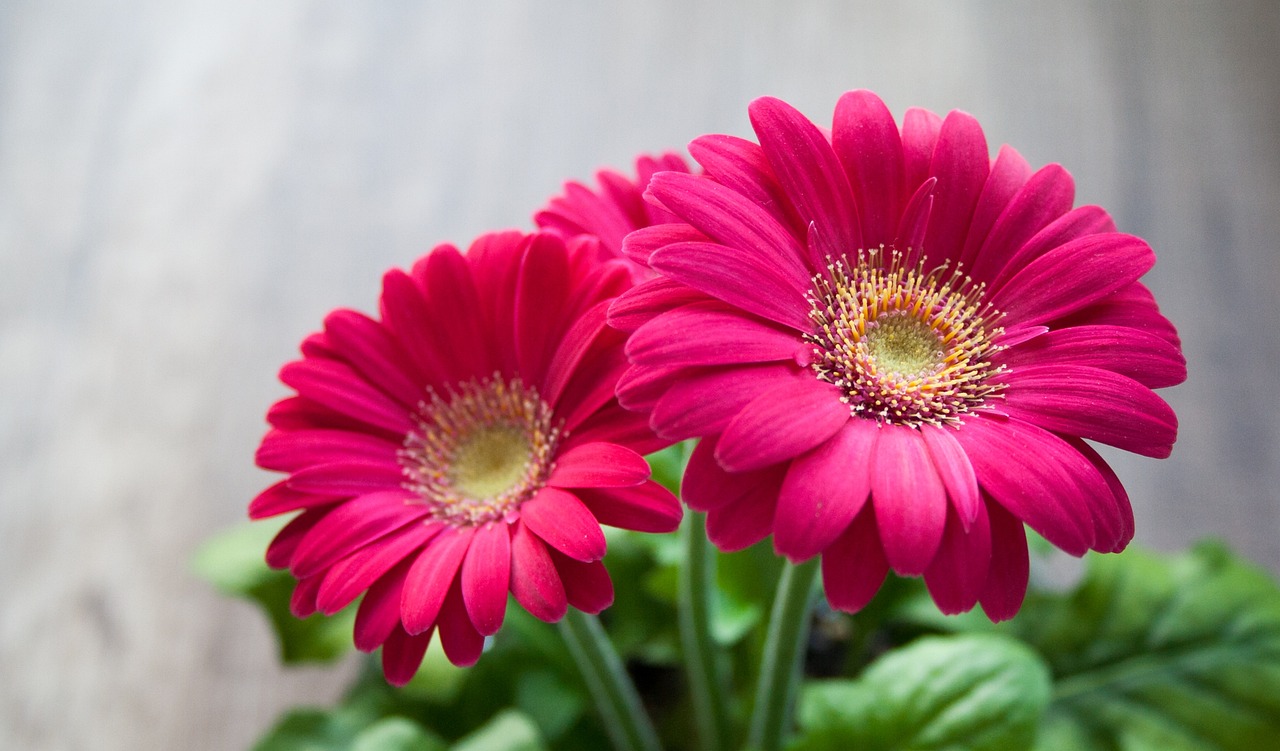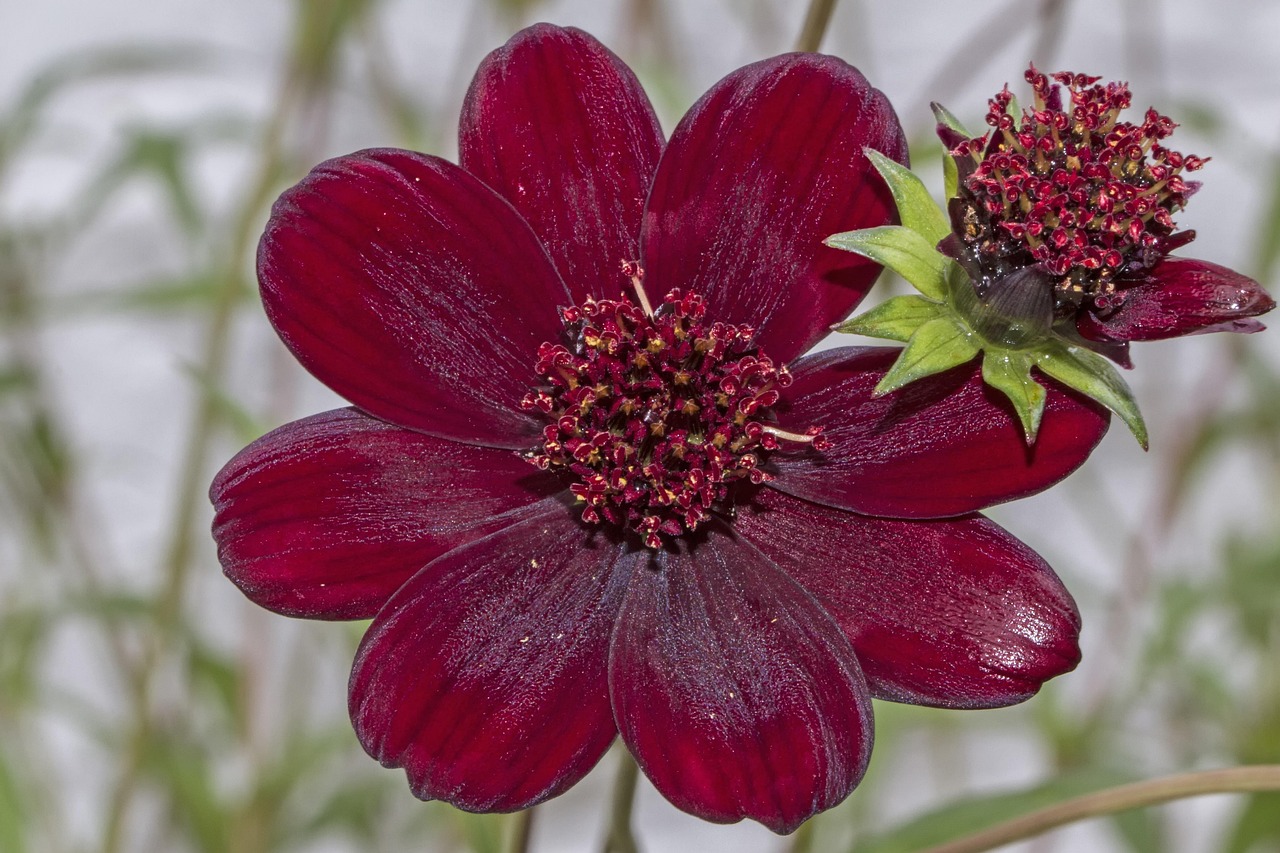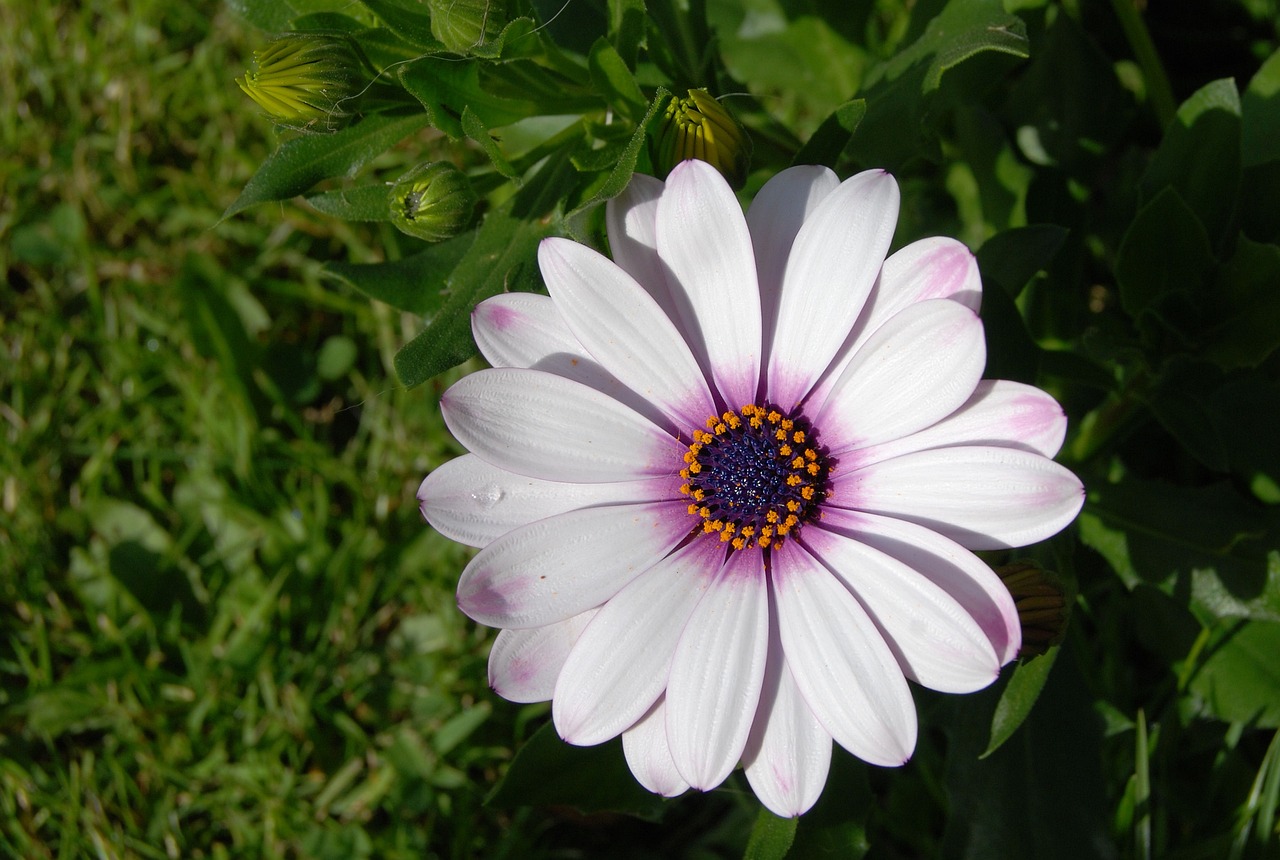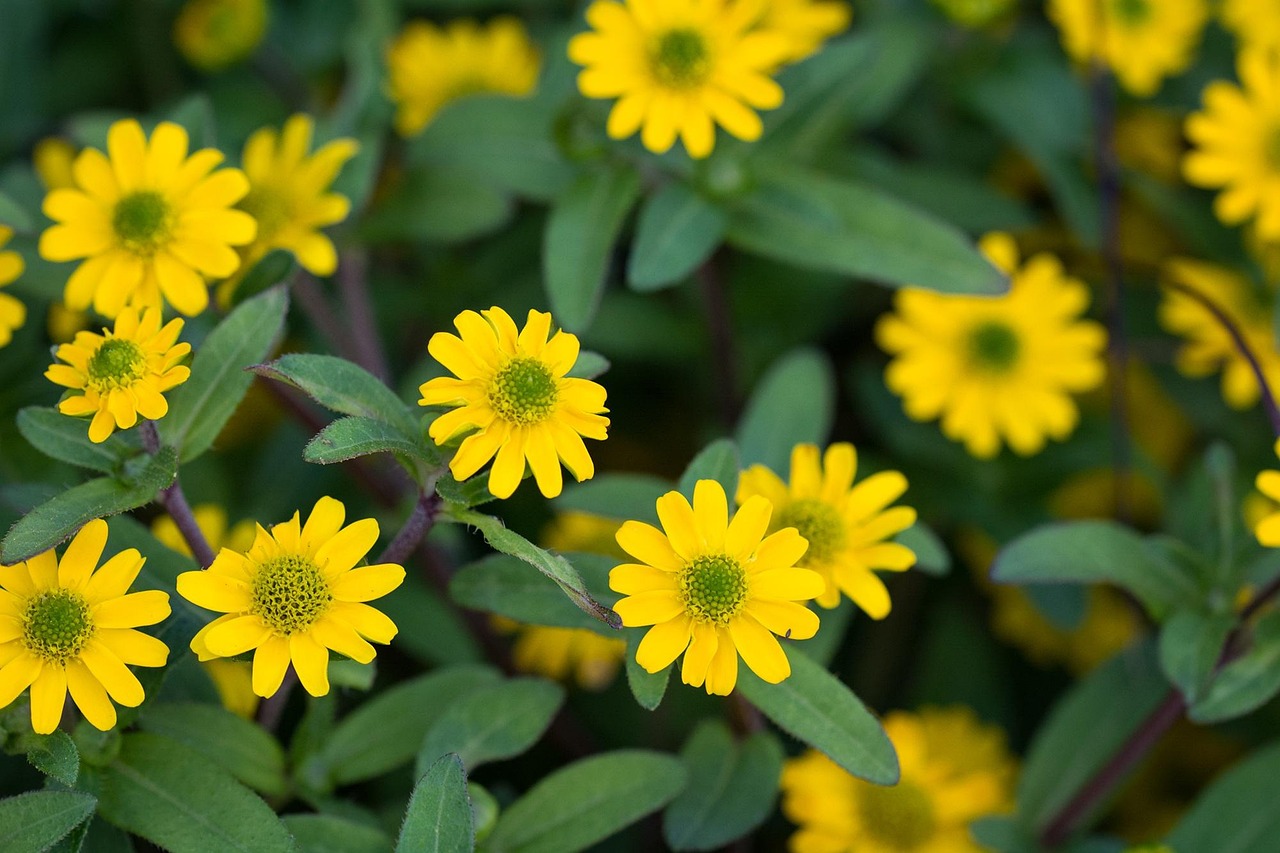Cineraria | Purple Stars Blooming Indoors at the End of Winter
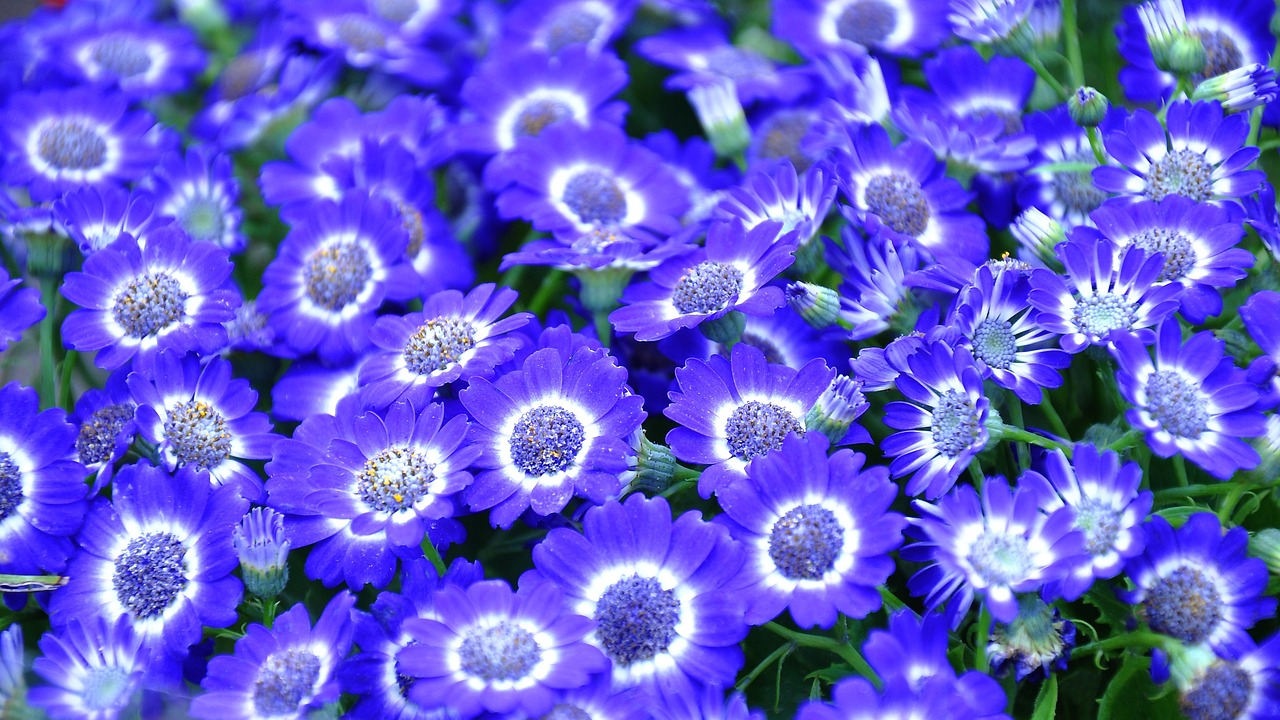
I introduce Cineraria, a beloved flower known for its vivid colors and charming round petals, which brighten homes from winter into spring. Admired as a potted plant and for indoor decoration, it brings color to the colder season.
In this article, I explain its basic information, cultural background, and gardening tips in detail.
Basic Information
- Scientific name: Pericallis x hybrida
- Family: Asteraceae
- Origin: Canary Islands
- Appearance:
Cineraria comes in a wide range of colors such as blue, purple, pink, red, and white. Its rounded petals measure about 5–10 cm in diameter, while its large heart-shaped leaves are a deep green. It grows to a height of 30–60 cm, making it a popular choice for potted cultivation. - Flowering season:
From December to April, Cineraria blooms beautifully, often indoors, making it a perfect ornamental plant for the cold season.
Cultural Significance Around the World
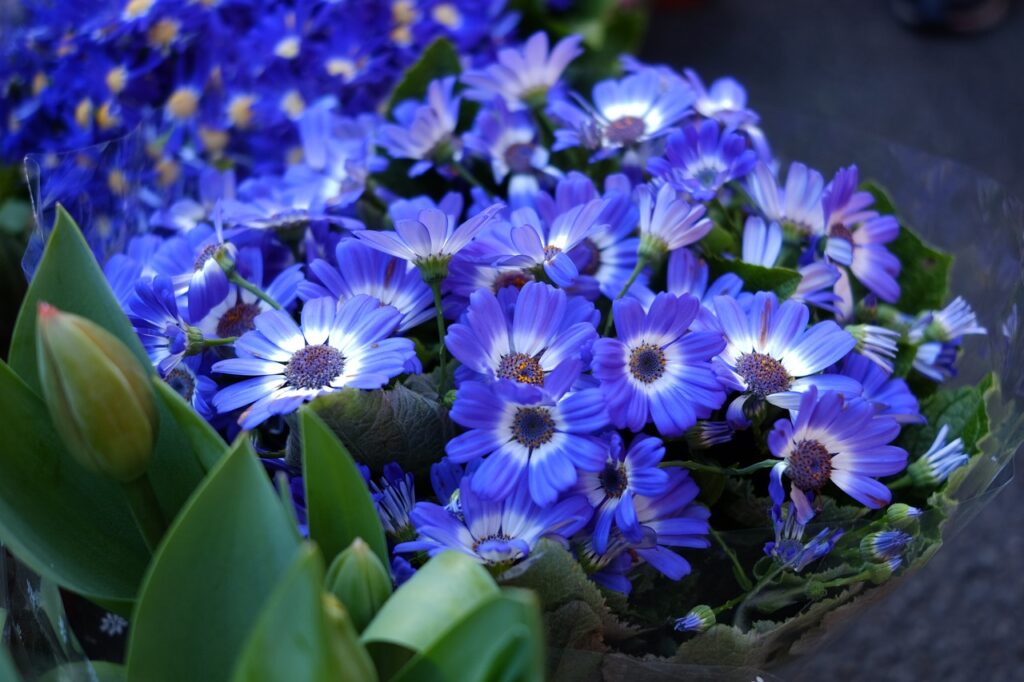
Cineraria is widely cultivated in Europe and the United States as an ornamental flower.
Because it blooms in winter and spring, it is valued for bringing brightness to cold months and is often associated with Christmas and Easter.
It is suitable for both indoor and garden pots, and is also popular as a gift plant. Its vivid colors and delicate blossoms symbolize joy and satisfaction, making it a thoughtful flower to express positive feelings.
Historical Background
Native to the Canary Islands, Cineraria was introduced to Europe in the 18th century. Through selective breeding, numerous hybrid varieties with diverse colors and forms have been developed.
In Victorian England, it became a highly popular gardening plant.
Cineraria was introduced to Japan during the Meiji era, where it spread widely as a potted ornamental plant. From the Showa period to today, it has continued to be loved in home gardening as a plant that brightens interiors in winter.
Gardening Advice
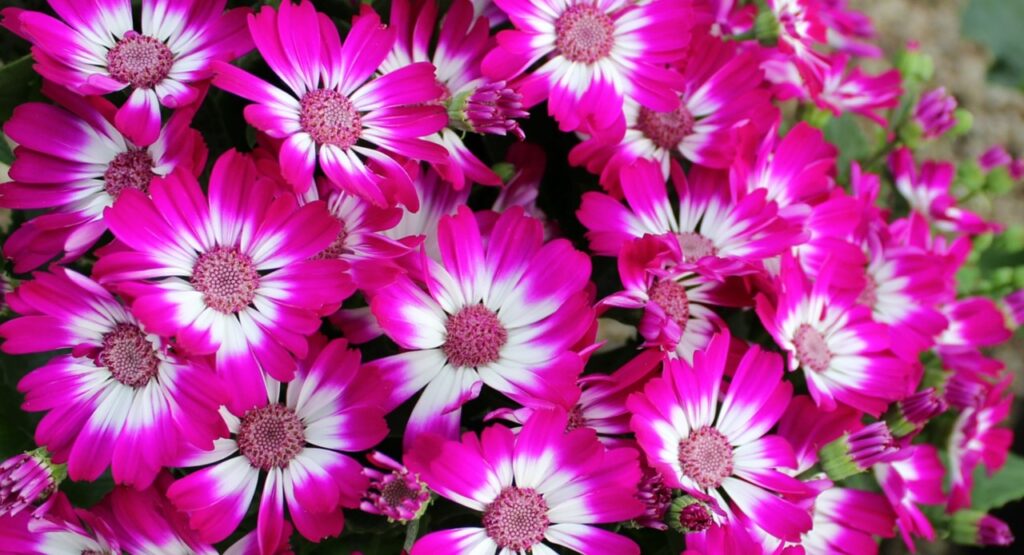
Cultivation Guide
Cineraria thrives in cool conditions. If the environment is too warm, flowers may fail to bloom well. It is best to place the plant in a well-ventilated, shaded, and cool location. Indoors, keeping it in a cooler room will prolong the flowering period.
Water generously when the soil surface dries out, but avoid letting the soil become too dry. Maintaining humidity indoors is also important.
Environment and Growing Conditions
Cineraria prefers well-drained soil, as excess moisture can cause root rot. Choose pots and soil with good drainage. Since it grows better in slightly acidic soil, adding peat moss can improve flowering.
While often grown indoors in winter, it is relatively cold-tolerant and can also be cultivated outdoors. However, as it is sensitive to frost, I recommend bringing it indoors in frost-prone regions.
Conclusion
Cineraria blooms from winter to spring, adding brightness and color to cold days. With proper care in a cool environment and attentive watering, it can be grown easily and enjoyed indoors for a long time.
I encourage you to welcome Cineraria into your home this winter and enjoy a colorful indoor garden.


